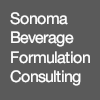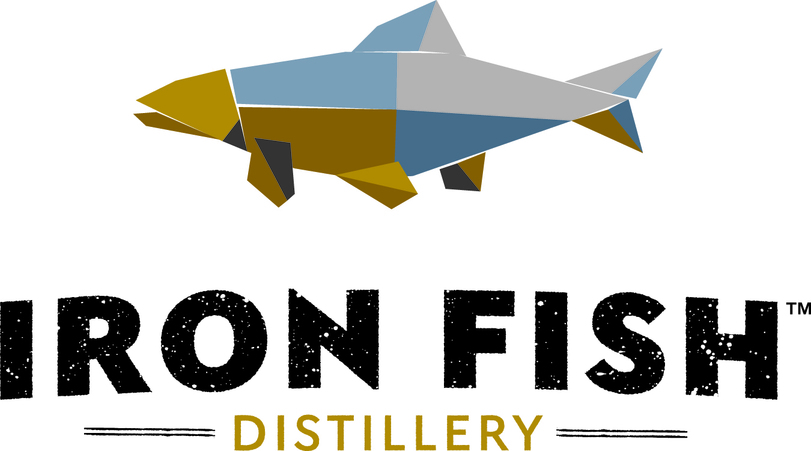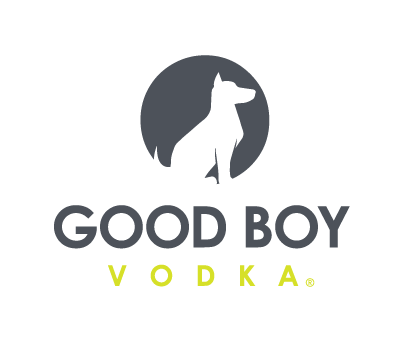NOSH Voices: Speed vs Safety in New Ingredient Selection
At Project NOSH and BevNET we pride ourselves on having a robust network of food and beverage entrepreneurs, industry insiders and advisers. To that effect, NOSH Voices is a series of columns by respected experts to provide a spectrum of points of view from within the community. Interested in contributing as a NOSH voice? Contact the Editors.
Over the past week, I’ve been in a few meetings regarding sourcing new superfoods and some of the other novel ingredients just coming into the market. It’s exciting stuff, with lots of potential to create new trends and to bring new value to consumers seeking ever more nutrition in their diets and connectivity to their planet. I was also invited to participate in a recent discussion with regulators, FDA rule-writers, university professors, and processors regarding the Food Safety Modernization Act. This is the biggest change in food system requirements in our lifetime — yet many in the industry seem ambivalent or even unaware of what FSMA is all about.
The dichotomy of these discussions has me thinking that we have a long way to go in rationalizing our approach to food safety while allowing for innovation. In our role as consultants and contracted partners, we see the differences in approach between founders and multinational corporations firsthand. Of course, no one is surprised to learn that the large brands are cautious, slow moving, and more concerned about risk management than groundbreaking innovation. Similarly, it’s hardly news that founders and entrepreneurs are prone to taking more risk and pushing the boundaries.
What is interesting, however, is that there seems to be an increasing polarization in approach, when some sort of moderation might be called for. We see that the large companies continue to ramp up their approach and spending against food safety protocols, seemingly under the belief that if enough pressure is applied the food system can be made to be 100 percent sterile and every bit of risk can be crushed by the force of their collective weight. FSMA and all its guidelines and heft are just a natural continuation of this progression. Meanwhile, the entrepreneurial set is running ever faster toward discovering the “next big thing,” and a little thing like an audit sure isn’t going to stand in the way of bringing a new item to market as fast as humanly possible! Documents, schmockuments!
As we observe the pressure at one end to be the fastest, and at the other end to be the safest, I fear that the common cord of supply chain management is becoming stretched to its breaking point. Over time, scrutiny on the full spectrum of food and beverage brands is only going to increase. It’s playing with fire to use ingredients that aren’t documented to be safe, and a brand, no matter how limited its resources, can’t simply delegate its obligation to consumers to its contract manufacturer and claim ignorance. If your label is on the outside, you are responsible for what is inside! Please, take the time and effort to ensure your foods are safe.
On the other hand, we see blanket policies for safety that treat low risk products such as crackers or a simple ingredient like sugar the same as highly perishable items such as meat or risky allergens like peanuts. This “bubble boy” approach is often a waste of resources and can be a large factor in unnecessarily hampering innovation efforts. We don’t see apathy toward innovation at larger companies as much as we see how a fear-based approach to risk management can lead to gridlock.
Obviously, every company has a different risk profile, a different history, and a unique approach to reconciling food safety with its innovation needs. At the same time, there’s room for improvement, and improvement usually comes with more nuance than can be encapsulated in a word like “faster” or “safer.” Regardless of size and ambition, we’d all do well to consider what we can learn from those who are so different from ourselves, and to give some air to the idea that our “better” might be somewhere more toward the messy middle of the fast vs. safe axis rather than in taking simplicity to extremes.
Jeff Grogg is Managing Director of JPG Resources, building food and beverage businesses of all sizes toward better versions of themselves.

















